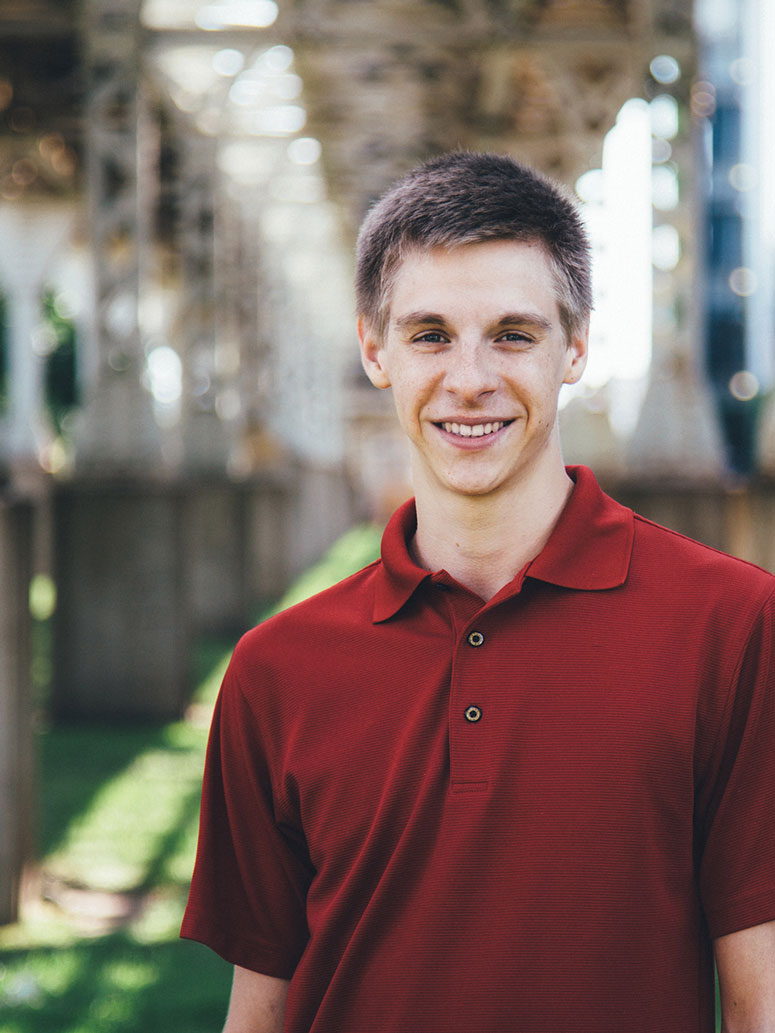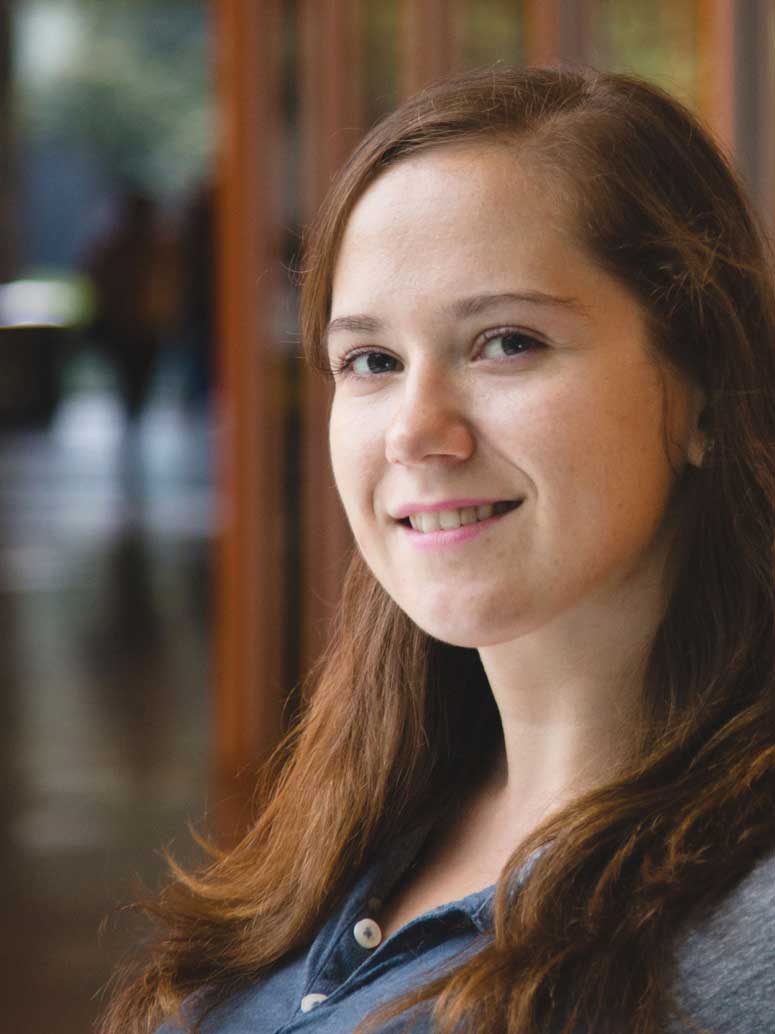
Photo by: Scott Benbrook
Ryan Cassel
Major/year: Aerospace Engineering/4th year
Project: The Effect of Initial Microstructure on Dynamic Re-Crystallization of 4140 Steel
Mentor: Associate Professor Sammy Tin
What they were studying: Ways to improve the performance and structural properties of advanced metallic alloys, like 4140 steel, which are used in the automotive and aerospace industries. They examined the steel’s initial/altered microstructure and final tensile strength after subjecting it to different procedures.
Cassel’s contributions: Warm-rolling the steel, polishing samples, performing electron back-scatter diffraction on the samples, and analyzing grain-size data
Armour R&D benefit: “This was my first research experience. Being an aerospace engineering major, I very much value the materials engineering base I have now formed. Materials engineering is so fundamentally crucial to all other engineering fields, and its scope encompasses both aerospace and mechanical engineering.”
Project high point: “Because so much work (heating, rolling, cutting, polishing) is involved in getting just one data point, it was exciting to start seeing these data points come together to form a comprehensive and usable model. The model is, as the saying goes, greater than the sum of its parts.”

Photo by: Scott Benbrook
Sylwia Odrzywolska
Major/year: Chemical Engineering (minor in Computer Science)/5th year
Project: Open-Source Water Quality Monitoring Sensors
Mentor: Associate Professor Paul R. Anderson
Project purpose: The development of an open-source water-monitoring device utilizing an Arduino microcontroller. The microcontroller makes it possible to combine multiple water-monitoring sensors as well as monitor water remotely and submit data periodically. The ultimate plan for this device is to place it in the tributary located on the IIT Rice Campus and to monitor stormwater runoff.
Odrzywolska’s contributions: Researched common water pollutants, their detection, and the availability of sensor options; programmed the Arduino and determined optimal waterproofing methods; and learned how to power the device most efficiently to operate it with minimum maintenance
Project adventures: “My biggest accomplishment was getting the hang of programming an Arduino fairly quickly considering I have never worked with this device before. The biggest challenge was figuring out how to properly waterproof the device and where to place it so that it does not get stolen or damaged.”
Armour R&D benefits: “My summer experience has been very enlightening and a good insight into what real research might be like. Unlike in class, there is no one to tell me what needs to be done step by step; I am the one who has to find the best solution to problems and to be able to defend those ideas. An inexpensive remote water-monitoring device would be especially useful in third-world countries to determine if the water is safe for drinking. That is definitely a viable application for this device.”